
When we are nurturing and educating our little ones, our focus is usually on developing key areas such as forming words, recognizing shapes and colours, and counting numbers, while relegating the development of fine motor skills to a back seat, or worse overlooking them altogether.
This lapse can lead to irreparable damage or delay the development of fine motor skills in a child. The activities to develop fine motor skills help connect small muscles with the brain and the central nervous system, which in turn helps control the movement in areas such as the hands, fingers, lips, tongue and eyes and more.
Fine motor activities for preschoolers are designed to help little children in grasping, manipulating, and developing hand-eye coordination. Your baby, for instance, uses her fingers and thumbs to pick things up. She is able to feel and taste objects with her mouth and lips.
An older child will use her fine motor skills for actions like pulling up a zip or using a pair of scissors to cut paper. These important skills contribute to your child’s overall development and independence across all areas of growing up and improve her capacity to learn.
Research shows that activities to develop fine motor skills depend on the simultaneous development of gross motor skills as well and that a coordinated approach to the development of both skills is vital. Needless to say, little children need many opportunities to develop their fine motor skills alongside gross motor skills so they can become confident to explore the world around them.
Create the right play environment

You can help children develop motor skills by providing an environment, experiences and activities that encourage a coordinated approach to overall physical development. It is also essential to ensure that the activities to improve fine motor skills create rich and varied opportunities for large and small movements.
For babies this may involve providing materials that they can grasp, grip, squash, squeeze and poke such as play dough, paper, wooden spoons and stretchy fabric. For older children, provide activities that require hand movements such as climbing a monkey ladder, stirring a pot, drying washing on a line or exploring wet and dry sand.
Create interesting experiences which help your child practice motor skills. Involve her in weaving, fixing and making things, as these are all good examples of activities that promote the use of tools and help make small movements more accurate and precise. Learning finer manipulative control skills provides an ideal foundation for holding a pencil for drawing, mark-making and writing when the child is developmentally ready.
Make sure that your child is supported during the process of developing her fine and gross motor skills. When your child faces difficulties, encourage her by making changes to the materials she uses or modifying the activities. Ensure that you are constantly and gently giving praise and encouragement.
Establishing & building a framework
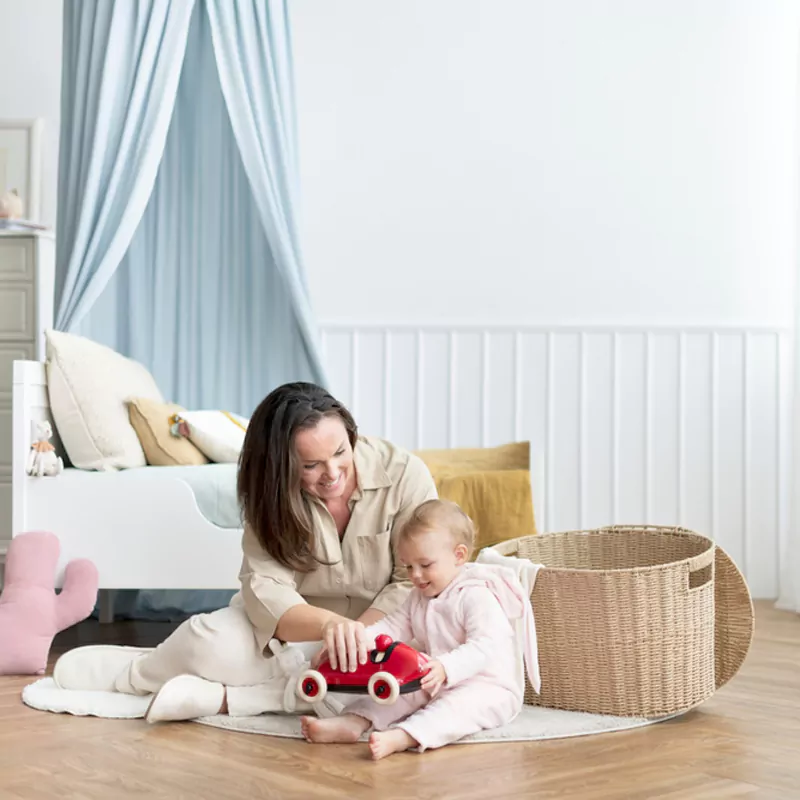
While fine & gross motor skills develop naturally from birth, you can aid and accelerate this process through constant practice and play. Participating in activities that involve lacing, stacking and squeezing will help to support this developmental area whilst children can also have fun.
Activities to improve fine motor skills are all about the small muscle movements in the fingers, hands and forearms. As children improve these, they will be able to perform controlled and stable movements as well as learn to do more things with their hands independently.
Involving your little girl in drawing and painting will be a fantastic way for her to learn to grip objects and make shapes on a page, this will later translate to helping her grip a pencil or a crayon correctly and form letters and numbers as well as to doodle and draw.
So begin with sensory explorations and focus on the development of your child’s strength, coordination and spatial awareness. Actively encourage your child to use paints and sponges, and indulge in finger painting. Your child will love to play using those oversized chalk pieces to draw pictures and make marks on concrete surfaces.
Creating a collage of images cut from magazines, and threading small items such as pasta or beads will also challenge your child to improve her grip and hand-eye coordination. Connecting dot-to-dot pictures and colouring them will help your child to become more confident with her pencil grip.
Repetitive movements and involvement with varied opportunities to explore and play with puzzles, engage in arts and crafts and practice using small tools, will increase control over small movements and improve precision.
Regular feedback and constant support will allow your child to develop proficiency, and gain control and confidence. This will not only facilitate the development of early literacy but will also help your child learn to fasten buttons, pull at Velcro, zip up and learn to dress up on her own sooner than you expect.
There are a number of other games and physical activities that are ideal for developing fine motor skills. Playing with pegs, building blocks, putting shapes into appropriate slots and clay modelling, lend themselves well to strengthening hand muscles and improving hand-eye coordination.
Helping develop fine motor skills at home
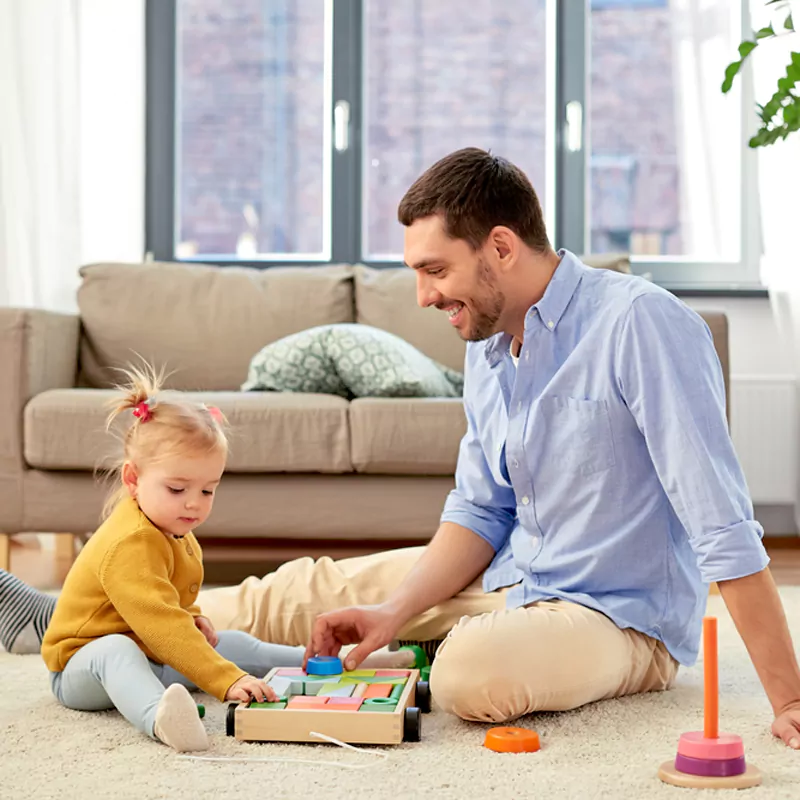
When it comes to fine motor skills, most of your child’s development will happen naturally as they learn and play. But you can help your child improve these skills by carefully choosing the right games and activities to improve fine motor skills.
For developing fine motor skills, you don’t have to do anything fancy or buy expensive toys. Most children can practice and improve their motor skills through play and normal everyday actions at home.
For instance, you can invite your child to help you in the kitchen and around the home. Help knead the dough, pour their own milk, set the table, and help clean up their room. You can also let them practice their fine motor skills by using tongs to turn a pancake, or practice putting rubber bands around a can.
Enjoy playing with dough for hours
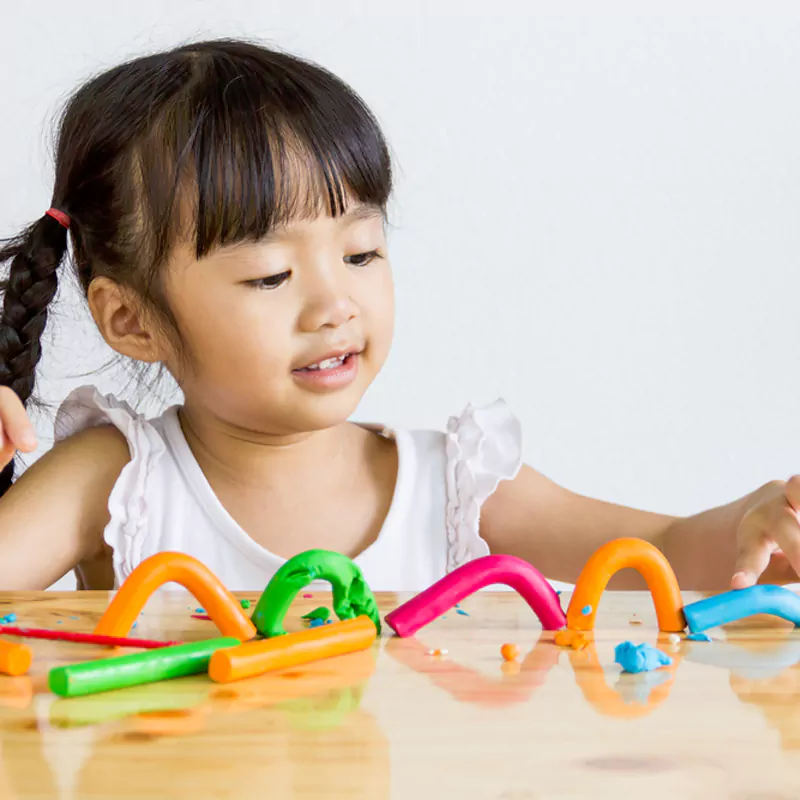
Using play dough to play is such a useful activity for improving fine motor skills. You can make playdough at home in a range of colours and different scents can be added to create an excellent sensory experience for your child.
To create excitement and maintain interest, your child can mold play dough in time to music and get her to perform different actions such as pinching, rolling, flattening, and pressing each individual finger into the dough.
Playdough is a soft and flexible sculpting medium, perfect for mess-free creative play. Its granular texture also makes it ideal for sensory play, and whenever it shows signs of drying out, just spray a little water on it, start to knead, and it is ready to be used again and again!
Squeezing, squashing, rolling, and manipulating it to form shapes, strengthens the key muscles of little hands and fingers, and improves coordination required to perform precise movements that will be needed to help in gripping a pencil and writing.
Fishing for alphabet & numbers
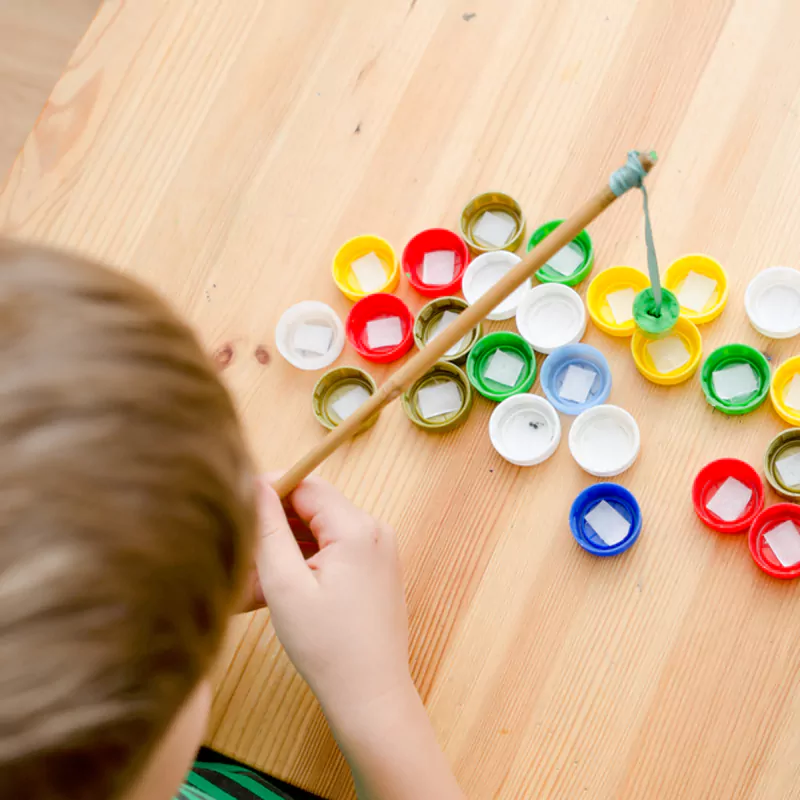
This fishing for magnetic letters and numbers is a perfect learning activity that ensures maintaining high interest levels and improves focus. Your little one will have great fun singing, recognizing, and counting as she catches and fishes them out one by one.
Use different colored papers, it has to be thick enough to stay stiff and not curl or fold. Cut the paper into large squares. Write the alphabet A to Z and the numbers 0 to 9 on separate square pieces. Make sure they are big and easily seen on both sides of the card with a thick marker pen.
Attach a paper clip to each square and place all of them in a bowl. For the fishing rod, attach a piece of string with a magnet tied to one end of the stick. Your fishing game is almost ready. All that is now required is a player.
Rope in your child to join you and encourage her to use the fishing rod to catch letters and numbers. Ask her to find a specific letter or a number, this will encourage her to make focused and controlled movements.
You can decide which number or alphabet card to catch, and hunt for it before catching it. Catch the fish in order A to Z and 0 – 9. Say aloud the alphabet or the number that is caught. Make a word with the letter that was fished out. Or count the number using your fingers. Improvise as you go along to make the game exciting.
You could also use fishing to learn higher numbers or new words. The fishing rod is perfect for letting your little girl experiment with magnetic/non-magnetic objects too! You could talk about magnetism in simple terms and explain why magnets attract.
Turn into a super sorter
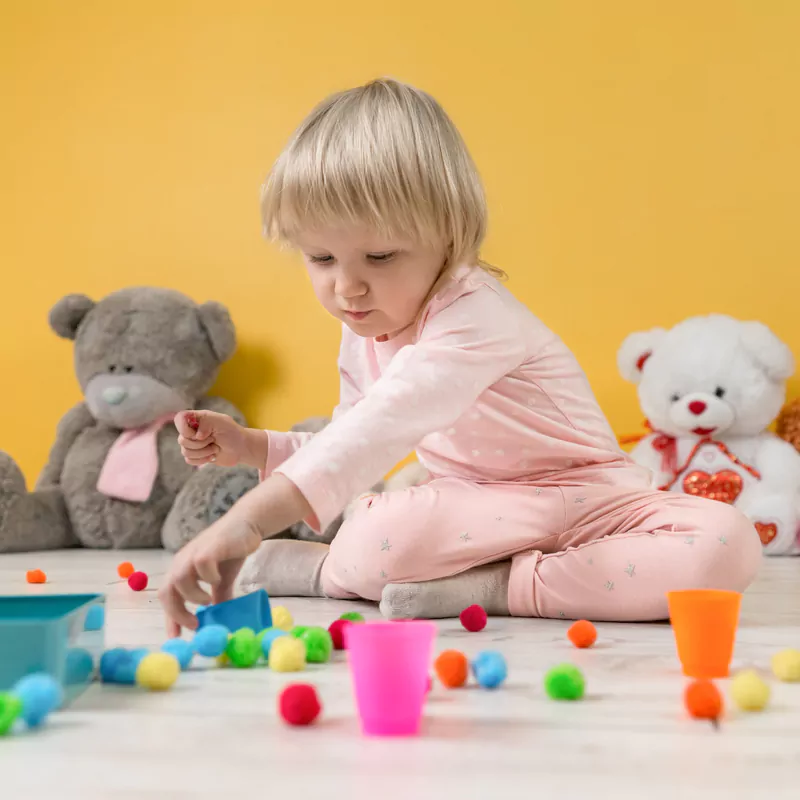
By teaching your child to sort small plastic balls by their colour, you are essentially making her learn to concentrate, improve dexterity, and ensure fine motor development. Sorting also helps your child learn to work with a tweezer when she is ready for it. But to be able to use a tweezer, your child has to master using tongs first.
Sorting balls or beads or anything using tongs teaches your child to be patient, as it takes balance to put all of the beads into separate bowls. This elementary exercise is also an indirect way to prepare your child for reading and writing from left to right. The larger bowl with all the balls inside is placed on the left-hand side and the other bowls are left on the right-hand side. Your child will use small tongs to shift the balls from left to right as well.
Tongs also help your child to develop the pincer grip which involves using her thumb and index finger together to grab things. The pincer grip is a must-have skill as it is needed to hold and write with a pencil.
Stringing the alphabet in a sequence
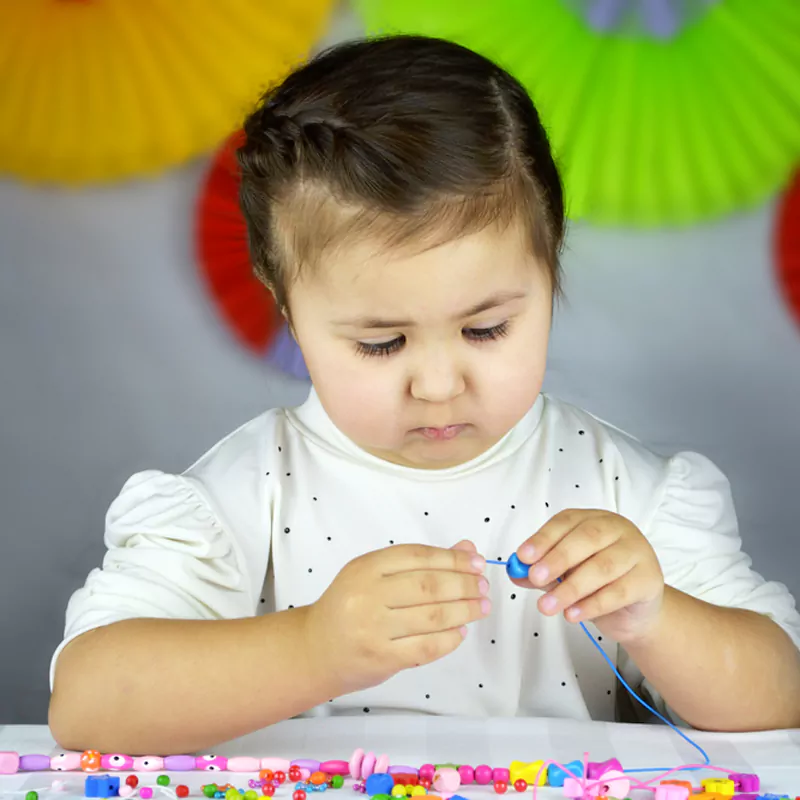
Parents celebrate their child’s mastery of the ABCs as an important milestone on the road to reading and writing. But, there’s much more to learning the alphabet than rendering it in a cute way.
Learning the alphabet is a rite of passage in a child’s literacy journey. This is why being consistent in your messaging about letters, how they sound and opportunities for repetition, and the right sequencing of the alphabet is important. Needless to say, letter by letter your child will get there.
This is where being able to string the alphabet correctly will be of great help. It combines lacing with literacy skills and encourages children to thread different letters and words. This activity also strengthens hand and wrist muscles as well as develops the pincer grip.
The letters are easy to handle and threading them correctly for the sake of a fine motor skills activity is another way to help a child get even more familiar with the alphabet.
Hanging the laundry out to dry
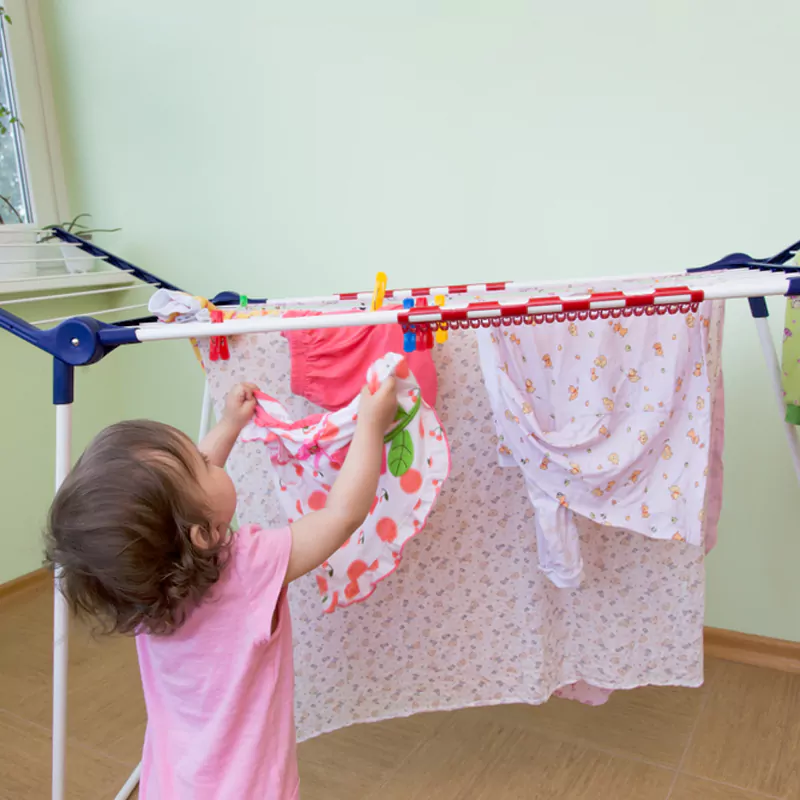
This imaginative wash line play is so simple to put together, yet so effective for a child to pretend. Remember, children often learn by watching, and imitating others perform an action while absorbing these experiences by engaging in pretend play.
All you will need is a piece of string (a skipping rope will do), a plastic basket with small clothes or dolls clothing, a few pegs and two chairs to tie the string between. The aim of the game is to let a child and her friends hang out all of the laundry on the line ‘to dry’.
Manipulating and pinching the pegs are great for strengthening finger muscles and working on those fine motor skills and also improve eye and hand coordination by holding the clothes at the same time as watching what they are doing with the pegs.
Digging for spaghetti worms
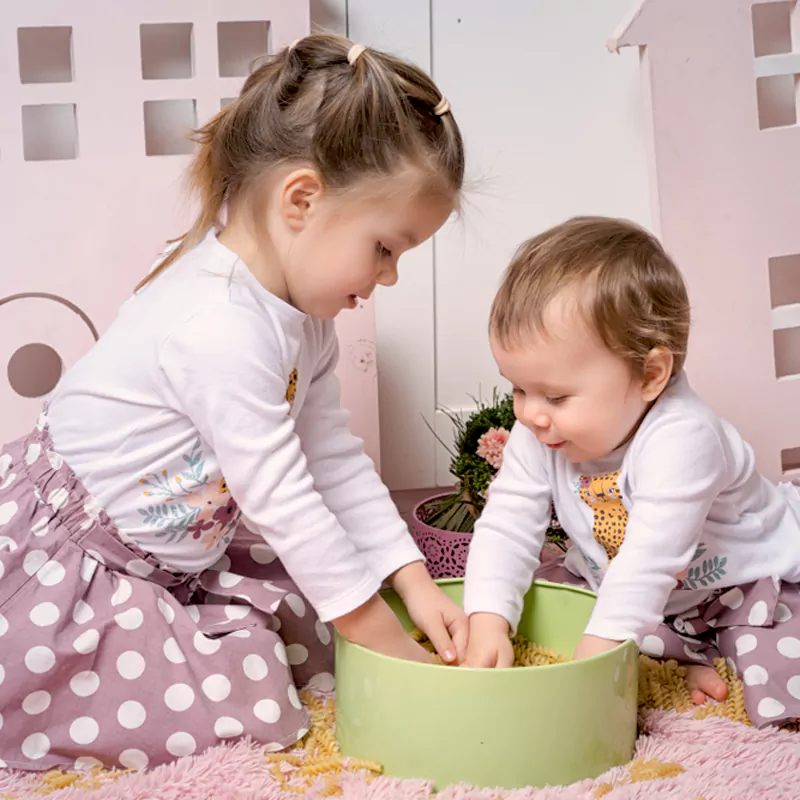
Through this play activity, you will combine fine motor skills with exploration. Find a large, shallow tray, cooked spaghetti, a plastic container, tongs and slightly moist earth.
Place the damp soil into the tray and bury the spaghetti worms. Give each child a pair of tongs and get them to start searching! Ask the children to carefully pick the worms, count them and place them in the container.
This activity combines sensory play, discovery and fine motor skills for a rich learning experience. Small tongs feature ergonomic depressions to guide the correct grip and will help develop fine motor control and build pencil holding skills and help in developing handwriting skills.
About My Gym
My Gym involves children in dynamic games, physical activity and movement that help in building neural networks in the brain. Customizing its enrichment programs and workshops to make it easier for children to acquire intellectual skills, navigate complex social situations, and nurture emotional development.
Please visit any of our centres to learn more about how My Gym supports “whole-child development” through bespoke activities to develop fine motor skills. Choose a day when you will be relatively free and come over with your child in tow. Your child could be an infant (as young as 6 months), a toddler or a preschooler, age is not a bar for enrolling.
My Gym has perfected the art of developing activities to improve fine motor skills and has specially designed programs that will lay a firm foundation for personal, academic and future growth by involving your child in age-appropriate structured and unstructured physical activities and developing thinking and problem-solving skills.
Please note: My Gym classrooms are thoroughly sanitized every day — the tables, the chairs, the children’s activity stations and everything else the child might touch is made safe and clean. Please wear a mask, wash your hands frequently, and practice social distancing.
This post originally publish at My Gym Blog



























